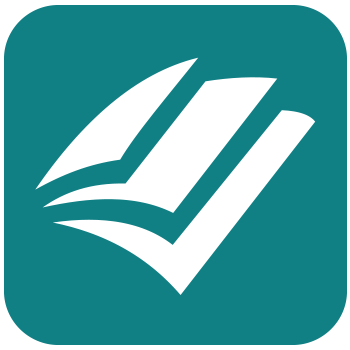If you've been following my blog, you may have heard about the Nine Draft Process (9DP) before. Months ago, I started blogging about my writing process, but it came to a halt. I reached a point where I needed to write an entire chapter to provide an adequate example of the next steps in the process. It proved to be a laborious task for me, because I was busy writing another novel. Now, I'm rebooting the 9DP blog, using my new novel, He's Going to Kill You, as the example. Since I followed the Nine Draft Process while writing the book, I have all my examples ready ahead of time. So let's dive into the introduction.

I’ve spent the last few years reading the internet and listening to podcast, attempting to find the most efficient way to write a book with minimal costs. There’s a tremendous amount of information out there. So much, in fact, that you can easily get lost among it. I’ve been diligent in recording what has and hasn’t worked with The Visions of Bezek, The Veiled Maze, and He's Going to Kill You. As a result, I’ve developed a process that works wonders for me. If you’re interested in learning about it, or trying to find your own way, I’ll be laying out the process over the following months. For today, it’ll primarily be an intro with some information about the necessary software for writing a book.
I call my process the Nine Draft Process. It lays out clear steps to go from concept to a ready to publish book. Each step is a different draft serving a specific set of purposes along the way. The drafts are:
Conceptual
Outline
Flat
Focused
Polished
Proofed
Distribution
Testing
Final
Over the next few months, I’ll be going into detail about the purpose of each draft. For now I want to talk about the software necessary to write a book, along with my recommendations.
For the actual typing of the book, the bottom line is that anything will work. There is no correct answer. A lot of desktop and cloud‑based writing softwares exist that target authors. Many of them have helpful features that assist with organizing, but these bells and whistles can be distracting. All you really need is a writing software that you are comfortable with. For me, this is Microsoft Word. I still have the 2013 version that I used with my first accounting job. That’s really the only tool you need to write the book and most of my advice will stem from the functions of Word.
To assist with staying organized, I recommend Microsoft Excel. As an accountant, this was a very comfortable space, but it’s easy for anyone to learn the basics. Alternatively, you could simply use an additional Word document, or heaven forbid, in this age of technology, that you use physical paper. In comparison, Excel has more customization than Word and is more receptive to change than physical papers. Real life is missing the undo button, which is handy if you change your mind about something.
You’ll also want to have some kind of grammar and style checking software, unless you plan to dish out lots of money for editing. I use ProWritingAid for ZanderverZ projects and the free version of Grammarly for personal projects. Both work well as a plugin for Word and internet browsers. They recognize such issues as starting multiple sentences in a row with the same word. These softwares will help flush out issues with your book, but they’re not perfect. For example, ProWritingAid wants me to change Nine Draft to Nina Kraft as I’m typing this blog.
Last of all, you’ll need some kind of software to format your words into the shape of a book. I’ve been using a software named Atticus.io, and it works well enough. At times, I wish I bought Adobe InDesign. It appears to have a great deal of flexibility with near endless options. On the other hand, that means having to learn more about the complexities of the software. You should also know there are free options out there. I believe Reedsy and Draft2Digital both offer free formatting, but I haven’t used either.
And there you have it, the software necessary to write a book. Some of these items could be outsourced. The grammar and style checking could be covered by an editor, but that could get expensive. You can also hire a professional formatter, but there is software out there that makes formatting the book easy. I’ve attempted to cut costs as much as possible, but it’s difficult to get around some things. Such as a cover designer and a proofreader.
In upcoming blog posts, we’ll start discuss the different drafts of the Nine Draft Process and we’ll see where these softwares come into play.















Comments